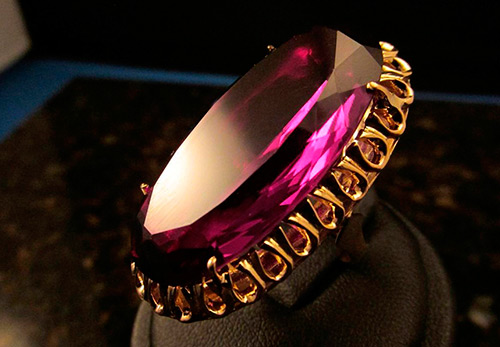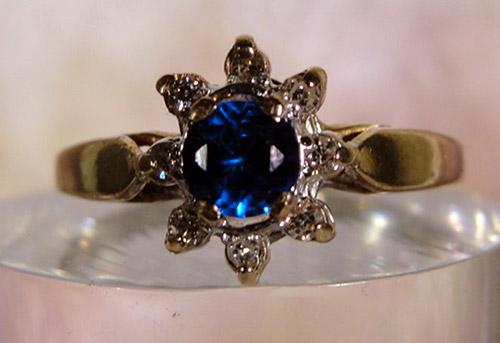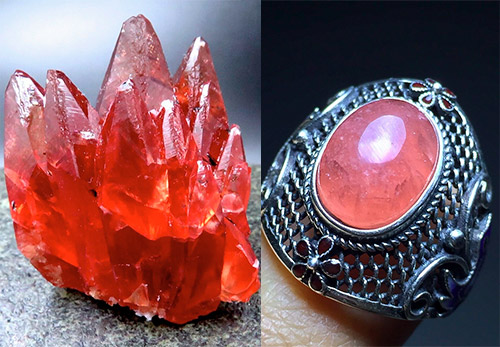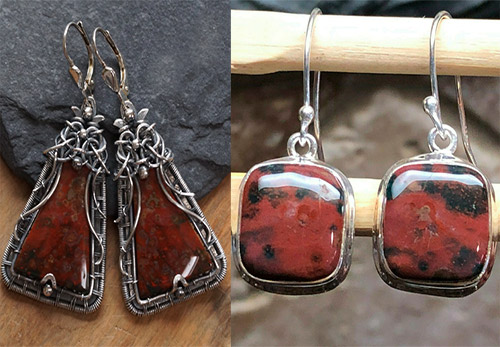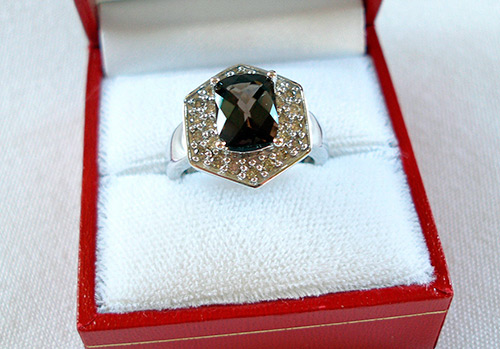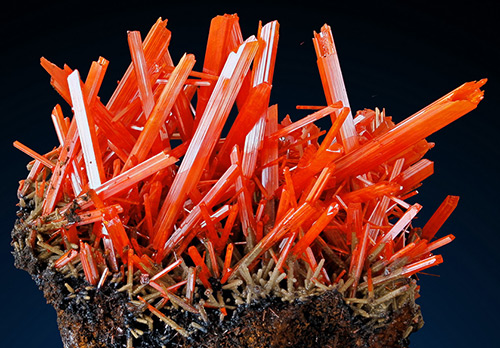Jewelry
Alexandrite stone and its properties
Alexandrite was known to people long before its discovery in the Urals. In ancient excavations on the territory of Zaporozhye, a massive gold ring with a large alexandrite was found in a khan's burial. According to the research of scientists, this ring belonged to some Polovtsian khan.
Natural alexandrites are not easy to find, especially in large sizes. Flawless crystals are the greatest rarity. For a long time, the deposit of alexandrite was considered "... the Ural emerald mines, 85 versts east of Yekaterinburg, along the Tokovaya river ...". And the largest crystals of alexandrite were found in 1839 in the Krasnobolotsk mine.
For a long time the Ural was considered the only supplier of alexandrite, therefore it was sometimes called "Russian stone" or "Ural chrysoberyl". Currently, alexandrite is found here extremely rarely, since these deposits, one might say, are exhausted.
In the late 80s of the last century, new deposits were discovered in Brazil, Zambia, Zimbabwe, India, Sri Lanka. All these alexandrites differ from each other in intensity and color tone. But most experts and gem lovers argue that modern alexandrites cannot be compared with the saturation and richness of the Ural colors.
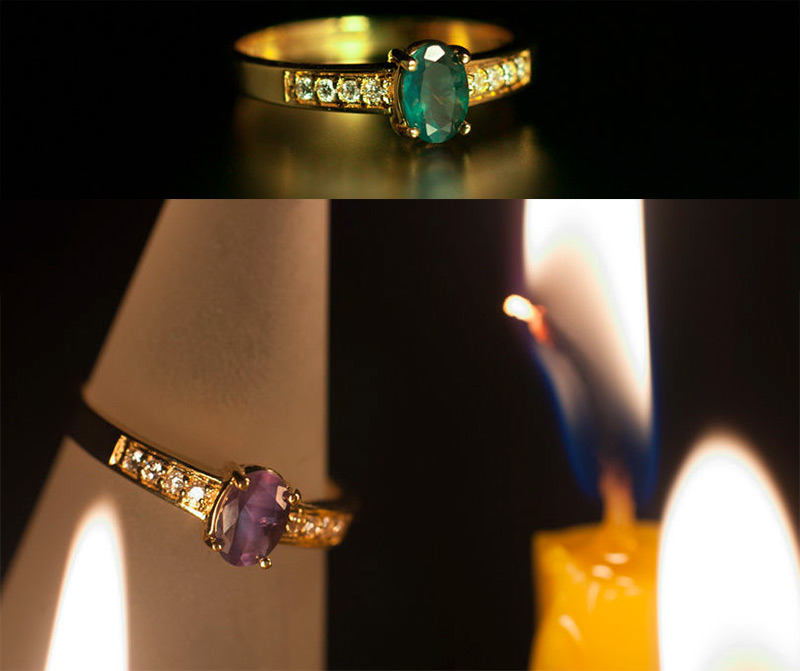
Properties of alexandrite
Alexandrite is a type of chrysoberyl, a mineral that is defined by the formula - Be Al2O4. However, alexandrite is distinguished from other chrysoberyls by pleochroism. Pleochroism is the ability of crystals to change their color when exposed to light passing through them at different angles.
If you take a stone in your hands and rotate it, then it appears sometimes green, sometimes red-violet, or even yellow-orange. By the way, topaz, zircons, tourmalines and some other minerals also have this property. Alexandrite is able to change its color not only when rotating, but also under different lighting conditions.
“… The color of alexandrite is dark green, quite similar to the color of a dark emerald. Under artificial lighting, the stone loses its green color and turns into purple or crimson color ... ".
When this phenomenon was not known, alexandrite was considered an emerald, which for some time can turn into amethyst.
Owners of alexandrite should know that in nature this stone is a rare occurrence, and therefore very expensive. And most of the jewelry with supposedly natural alexandrite is artificially grown from a solution - a mixture of beryllium and aluminum oxides. This technology for obtaining alexandrite began to be used already in the 19th century.
Like natural ones, they change their color, and only a specialist can distinguish them from natural ones. Usually, natural stones often contain some kind of gas inclusions, although they are so tiny that you can see them under a microscope. Artificial alexandrites are produced in America, Russia, and Japan.
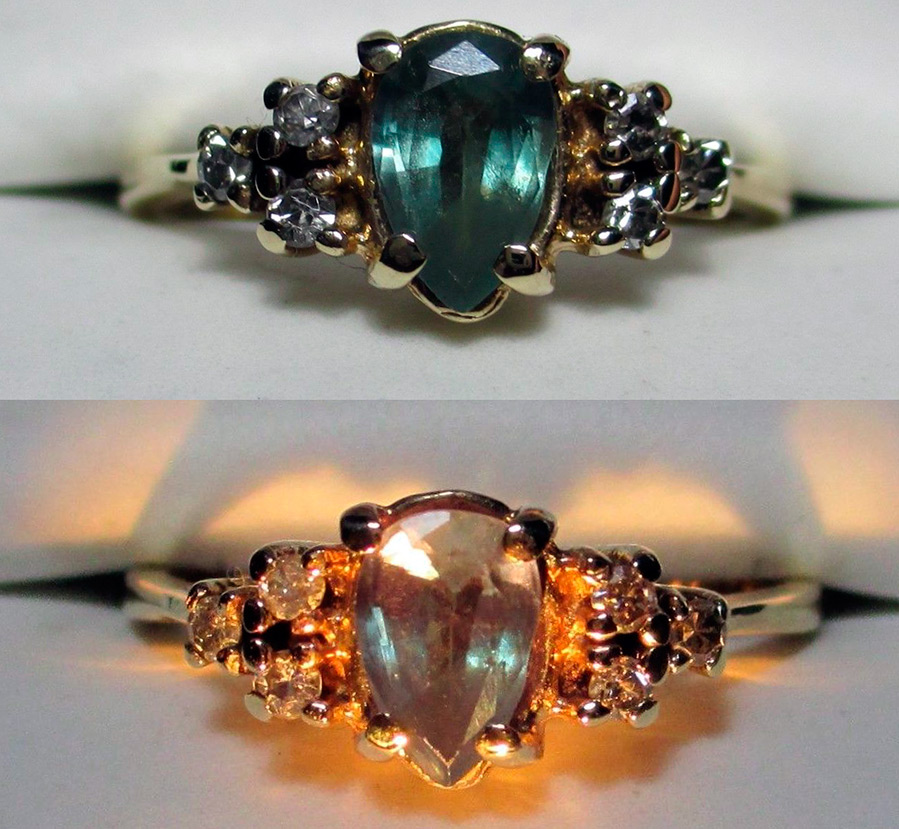
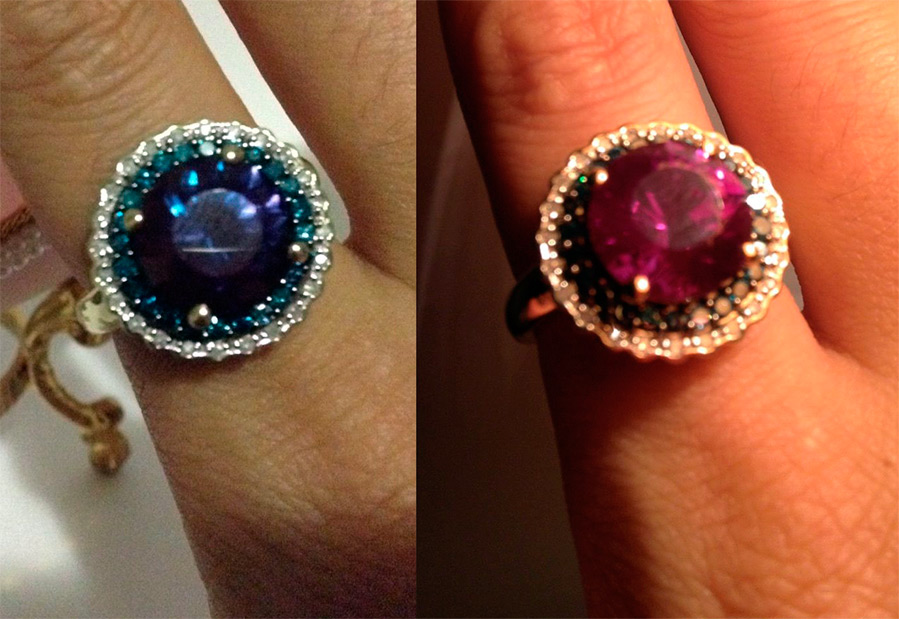
The magical properties of alexandrite
As already mentioned in the history of the name of alexandrite, the stone was considered in ancient times to be a predictor of the future. Alexandrite was also known to the ancient Hindus, who called it the stone of longevity, foresight, and spiritual renewal. In Russia, alexandrite has long been considered a stone of sadness and loneliness, or a "widow's stone", and at the same time - a "Russian prophetic stone."
Lithotherapists believe that alexandrite can help treat the pancreas and spleen.
Natural alexandrite is an expensive stone, second only to diamond, ruby, emerald and sapphire in value. Synthetic alexandrites aren't cheap either. When buying alexandrite, you should be aware that synthetic corundums can also change color.
If you want to buy a natural stone, you should ask for a certificate for it, which indicates the properties of the stone and its characteristics, and of course, it says whether it is natural or synthetic. Any reputable jewelry company has such certificates.
However, you should not assume that synthetic alexandrite will look worse than natural alexandrite, especially if you are not interested in magical properties. If you treat stones in a completely different way, not as a dead mineral, then a natural stone named Alexandrite must be present in your collection.
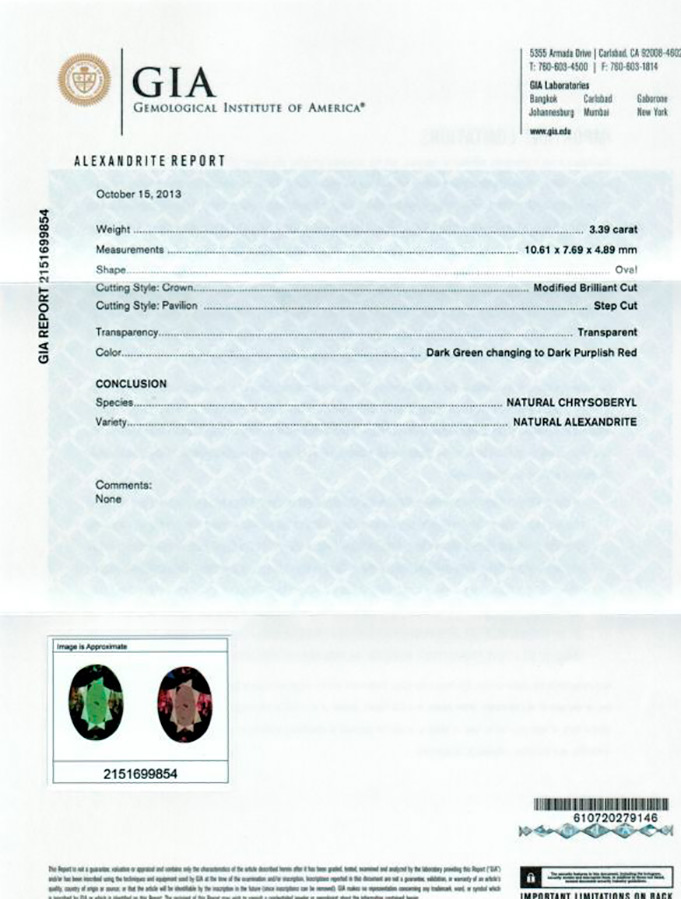
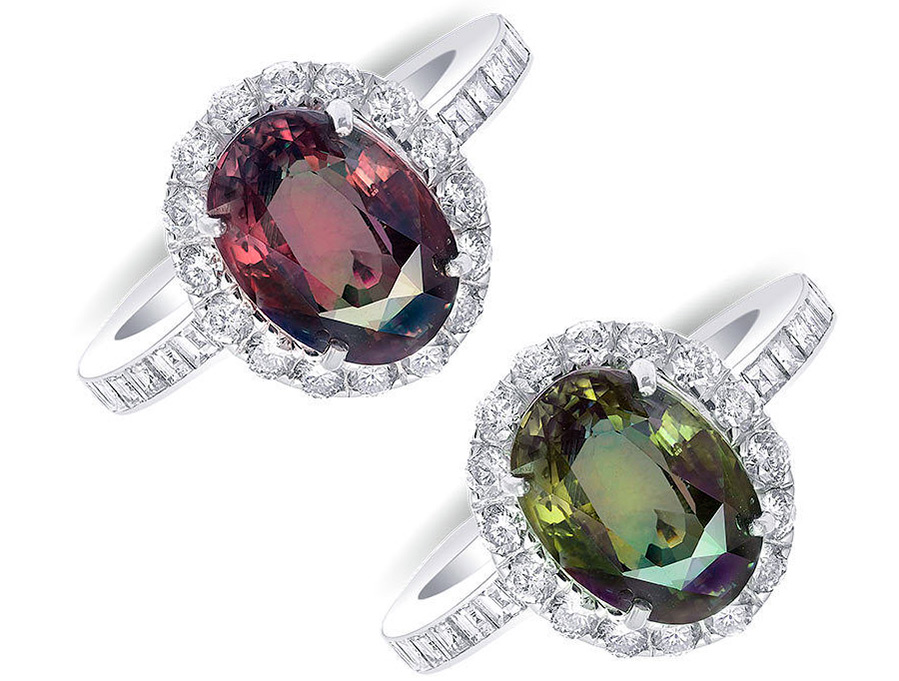
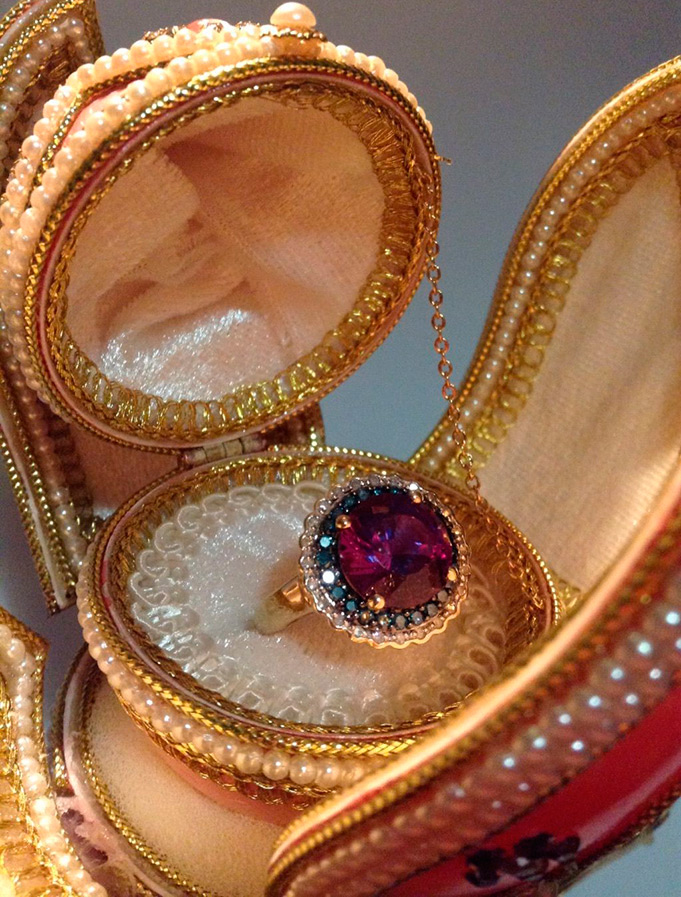
Comments and Reviews
Add a comment
Rating news
Shades of clothing that make women look younger
What shades of hair make women younger: rules and photos
Funny wedding dresses - photos and ideas
12 most expensive down jackets for the winter
How to look 25 at 40: tips from supermodels
Beautiful schoolgirls
Anti-aging haircuts and hairstyles for women
Fashionable skirts for autumn and winter
Fashionable women's trousers for the cold season
Fashionable and stylish sandals for summer 2024
Spring-summer 2024
 Fashionable dresses and tops with thin spaghetti straps
Fashionable dresses and tops with thin spaghetti straps
 Bandana tops: how to wear stylishly and beautifully
Bandana tops: how to wear stylishly and beautifully
 How to put together the perfect men's wardrobe for the summer
How to put together the perfect men's wardrobe for the summer
 Fashionable shorts for spring-summer 2024
Fashionable shorts for spring-summer 2024
 Fashionable skirts for spring-summer 2024: a guide to online shopping
Fashionable skirts for spring-summer 2024: a guide to online shopping
 The most fashionable dresses spring-summer 2024: styles and colors
The most fashionable dresses spring-summer 2024: styles and colors
 Fashionable total look 2024: ideas of images and trends
Fashionable total look 2024: ideas of images and trends
